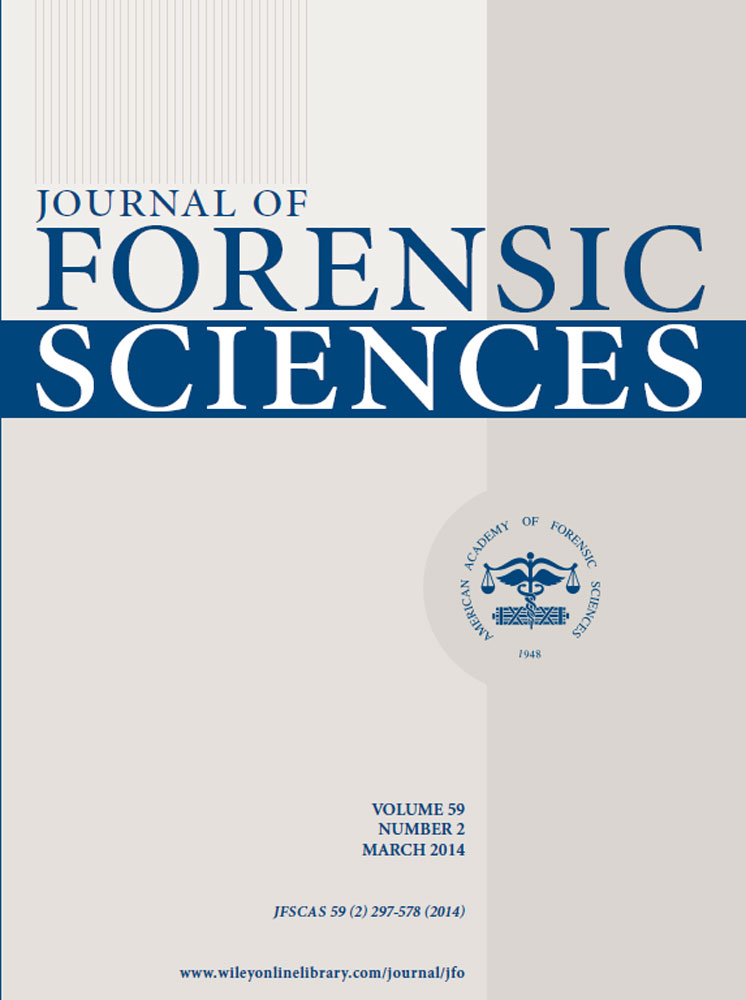The Successful Recovery of Low Copy Number and Degraded DNA from Bones Exposed to Seawater Suitable for Generating a DNA STR Profile
Abstract
A universal method allowing for DNA profiling from bones exposed to seawater has not been reported yet. This study refers on the identification of a body immersed in seawater for 8 months. The biological material for identification was the mandibular body, usually characterized by low success rates of DNA analysis. Initially, two extraction protocols were performed with negative results: one used for bones immersed in fresh water and a silica-column procedure. A third protocol was performed, which combined the extraction of a higher amount of bone powder, the use of multi-silica-based extraction columns followed by a concentration step. This protocol allowed to obtain low copy number DNA and to generate a 12-loci STR profile by combining conventional STR typing and mini-STR technologies. This protocol could be suitable when human bones have been exposed to severe environmental conditions, and the available nuclear DNA is highly degraded and in low copy number.




